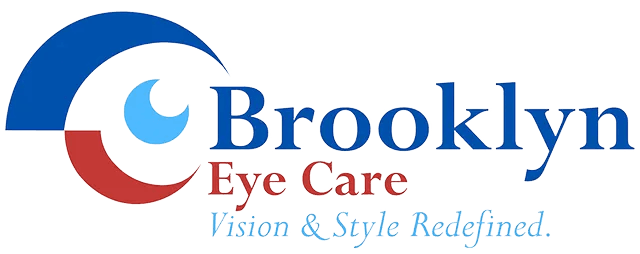In healthcare, abbreviations are frequently used to save time and make notes or charts shorter and easier to read. Eye care abbreviations are no different, which are used to make everything flow smoother. When reading or listening to health information, it is important to make sure that you understand the meaning of any abbreviations that are used. These are a few of the most common and most important abbreviations that are used in eye care.
The Most Common Eye Care Abbreviations: OD, OS, and OU
Some of the most abundant abbreviations that are used in eye care are OD, OS, and OU. These abbreviations stand for the right eye (OD), left eye (OS), and both eyes (OU).
These abbreviations may be used to indicate which eye has a disease or condition, may note which eye was tested or evaluated, or can be used to direct which eye needs a particular medication or treatment.
These three abbreviations are derived from the Latin words oculus dexter (OD), oculus sinister (OS), and oculus uterque (OU) which translates roughly to the right eye, left eye, and both eyes.
IOP and POAG
For a glaucoma treatment, the abbreviations IOP and POAG are often used. IOP stands for intraocular pressure while POAG is short for primary open-angle glaucoma.
In glaucoma, eye pressure is a key indicator of risk and progression. This is the intraocular pressure of the eye.
The term primary open-angle glaucoma (POAG) is used frequently as the most common type of glaucoma. This means that there is no other disease causing glaucoma and that the type of glaucoma is not angle closure.
Gtts, BID, QID, and QHS
When prescribing eye drops, the abbreviations gtts, BID, QID, and QHS are often used. These abbreviations are for drops (gtts), twice a day (BID), four times a day (QID), and once a day at nighttime (QHS).
The abbreviation for drops comes from the Lain word gutta which means drop. This abbreviation is often seen written in prescription instructions.
Each of the abbreviations BID, QID, and QHS are used to indicate how often medication or treatment should be used daily.
These abbreviations come from the Latin phrases bis in die, quarter in die, and quaque hora somni which are translated as twice a day, four times a day, and every night at bedtime.
What to Do If You Are Unsure What an Abbreviation Means
If you see an abbreviation or hear a term that you are unsure what it means, there are a few options to learn what the term is.
The quickest option is to ask your doctor or healthcare provider who gave you the information what the meaning of the abbreviation is. Most doctors are more than happy to give a thorough explanation.
Another option is to use an internet search to find a reliable source of information for the meaning of a particular term or abbreviation.
While the internet provides a wide array of resources, it is important to make sure that you only consult reliable sources.

